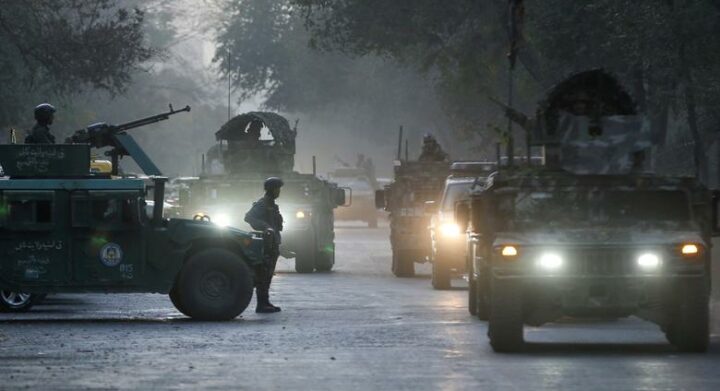At a time where women can be victims, violent actors, and agents of positive change, the consideration of gender analysis in peace building is increasingly important. A gender analysis involves the representation of women in the security sector. It also means acknowledging the different experiences of men and women in extremism, as a direct result of the gender stereotypes exploited by violent extremists.
Women are vulnerable to becoming victims of terror from both inside the organisation and outside the extremist group. Foreign terrorist fighters (FTFs) recruited for the Islamic State of Iraq and the Levant (ISIL) are constituted of a significant number of women. Violent extremist organisation groups manipulate gender stereotypes for their recruitment purposes, highlighted in a report published by the Organization for Security and Co-operation in Europe in 2019.
A defining feature of the group Boko Haram is the group’s kidnapping of women, seeking women as wives for extremists within the group, and using them as suicide bombers. In an attack in the northeastern Borno state of Nigeria, 10 women were among those missing in the massacre.
Gender roles established and adhered to at ground level, perpetuate gender-based violence and oppression, meaning that women’s rights are abused by extremist ideologies. Traditional familial structures incorporating gender roles have a myriad of influences on extremism. Evidence surrounding the roles which women are ascribed in the familial structure suggests women have influence, only through the role ascribed to them as ‘teacher’, within their families to dissuade their family members from violent extremism, through dialogue and education.
To counter these means of violent extremism, there must be gender analysis and representation of women at the policy level, in order to debunk these stereotypes. It is important this happens at ground level, within communities and law enforcement, as well as in police and law-making, to strengthen tolerance and prevent violent extremism.
Gender stereotypes which lead to the polarisation of gender in the household, further perpetuates violence and oppression in the culture of the state. There is therefore greater chance of gender-based violence being experienced by women and girls in the national violence and militarisation of that state. Masculinity, rooted in patriarchy, situates itself well in extremism. Violent extremists are labelled as heroes, presented as the honorary thing to do for men. These roots start from the ground up, in what has been called ‘pathological narcissism’, linked by psychologists to violent extremism and terrorism.
In order to combat terrorism, policy and lawmakers in the security sector, and education and community at ground level, must take into consideration a gender analysis. This may be unsupported at present, but the importance of the role of women is becoming increasingly supported. Therefore approaches to countering violent extremism must be gender sensitive. Approaches must prioritise the underlying causes of violence which lead to women becoming victims of extremism.
It has been found that women are in a position to recognise signs of extremism and violence, due to the roles ascribed to them in the home, due to their gender. Women are also more inclined to recognise violent extremism, as they are often direct victims of those ideologies themselves. The restriction of women’s rights has a direct correlation to the rise of extremist groups, leading the United Nations to recommend increased women’s participation in policies and measures in countering violent extremism. Including women in peace negotiations addresses the root of the violence. Violence in homes and negative attitudes towards women, is the precursor for social violence and tolerance of gender-based violence.
Extremism is not a natural ideology. It is bred from hatred, intolerance, and bias at ground level. It comes from a culture of internalised and accepted gender norms, in which women are given an oppressed familial role. In turn, society is divided, which becomes a means of production for the patriarchy, which then leads to one part of society being oppressed by another. The social subordination of women by men is perpetuated from the ground up, from the family home, to the community, to the militarisation of the state. It then feeds into the legal arena in the form of violent extremism.
But women are not simply a consequence of gender norms, to be subsequently used to the state’s benefit in countering terror through recognising violent tendencies or to dissuade their family members from extremism. Gender Perspective Training in the Turkish Armed Forces (TAF), supported by the European Union, focuses on legal empowerment and women’s rights and gender equality. TAF also incorporate a Gender Advisor, who addresses a gender analysis in peacekeeping missions. These policies surmount to achieving the TAF’s goals of having female personnel in all task fields, as well as in senior positions.
Women are underrepresented in the security sector at the highest level. Women need to be elevated to roles in policy making and in the legal sector. There needs to be further data research and collection about women in extremism, carried out by women, to further understand their roles and to create policies to build peace, incorporating women in the process. Women, as those directly affected, need to be involved in the gender in extremism discourse. Addressing cultural bias from the ground up, leading to a change in policy through gender analysis, is imperative to countering terrorism and achieving peace in the global arena.
–Caitlin Hopwood












